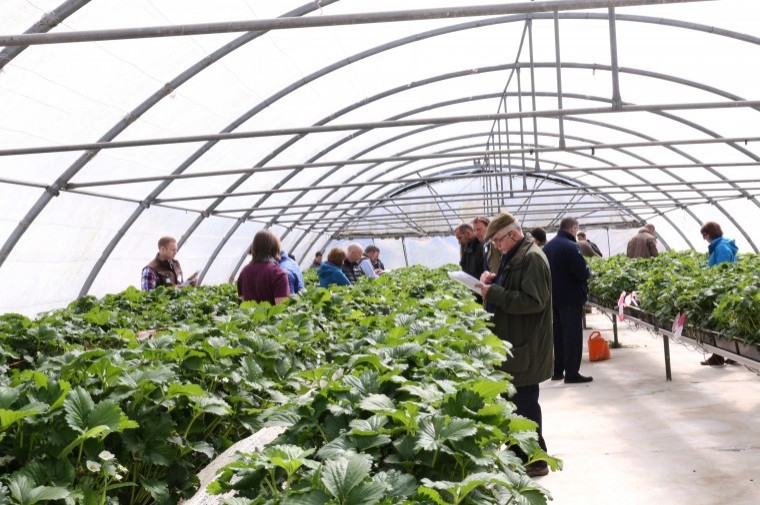The hot dry summer has increased the urgency to shift to responsibly-sourced growing media. Professional horticulturalists have until 2030 to hit a voluntary target of phasing out peat use in commercial production, a target set in the DEFRA 25 Year Environment Plan.
The latest DEFRA stats from 2015 suggest peat accounts for around 50% of all growing media materials used in horticulture.
A joint project funded by AHDB, Defra and growing media manufacturers could speed up the transition to responsibly sourced growing media use to reduce peat use in horticulture.
Alternative growing media is currently in development, using blends of coir, bark, wood-fibre or green compost, however all require different commercial irrigation regimes. This adds to the challenge for growers to understand which is the best peat-free or reduced-peat blend, and how best to manage it within their production system, particularly during the recent dry weather.
Georgina Key, resource manager at AHDB, said: “We are developing a model that will accurately predict how well a blend of growing media will work by analysing three key physical characteristics, including its ability to retain water.
“Testing the performance of individual blends on different crops and production systems is expensive and time-consuming. This model will help Growing Media Manufacturers bring new peat-free or peat-reduced blends to market more quickly.”
The trials undertaken so far on a range of horticultural crops have shown that many of the alternative blends perform as well as the peat control.
Key added: “The challenges so far have come from ensuring that the irrigation regime is as suitable to the new blend as it was part peat. Propagation in lettuce also requires blocks of wet sticky material, which holds its shape and doesn’t dry out easily. This has been difficult to replicate with non-peat alternatives.”
Olly Watts, RSPB, argues: “We’re pleased the industry is acting and considering alternatives, this needs to move fast. Peat bogs form in areas with a wet climate but, once formed, are able to survive in a drier climate.
“If, as many climate change predictions suggest, summers become drier but annual rainfall increases, with more of it coming in short, heavy bursts, then restoration will be harder in future. That’s why it’s important to complete the early stages of restoration in the next few years.”
Growers have the opportunity to see the performance of different blends on a variety of horticulture crops and hear more about the results at five events taking place this autumn around the UK. To find your nearest event, visit horticulture.ahdb.org.uk/events
Pictured: Growers examine the performance of alternative growing media blends in strawberry plants at an AHDB event, last year




